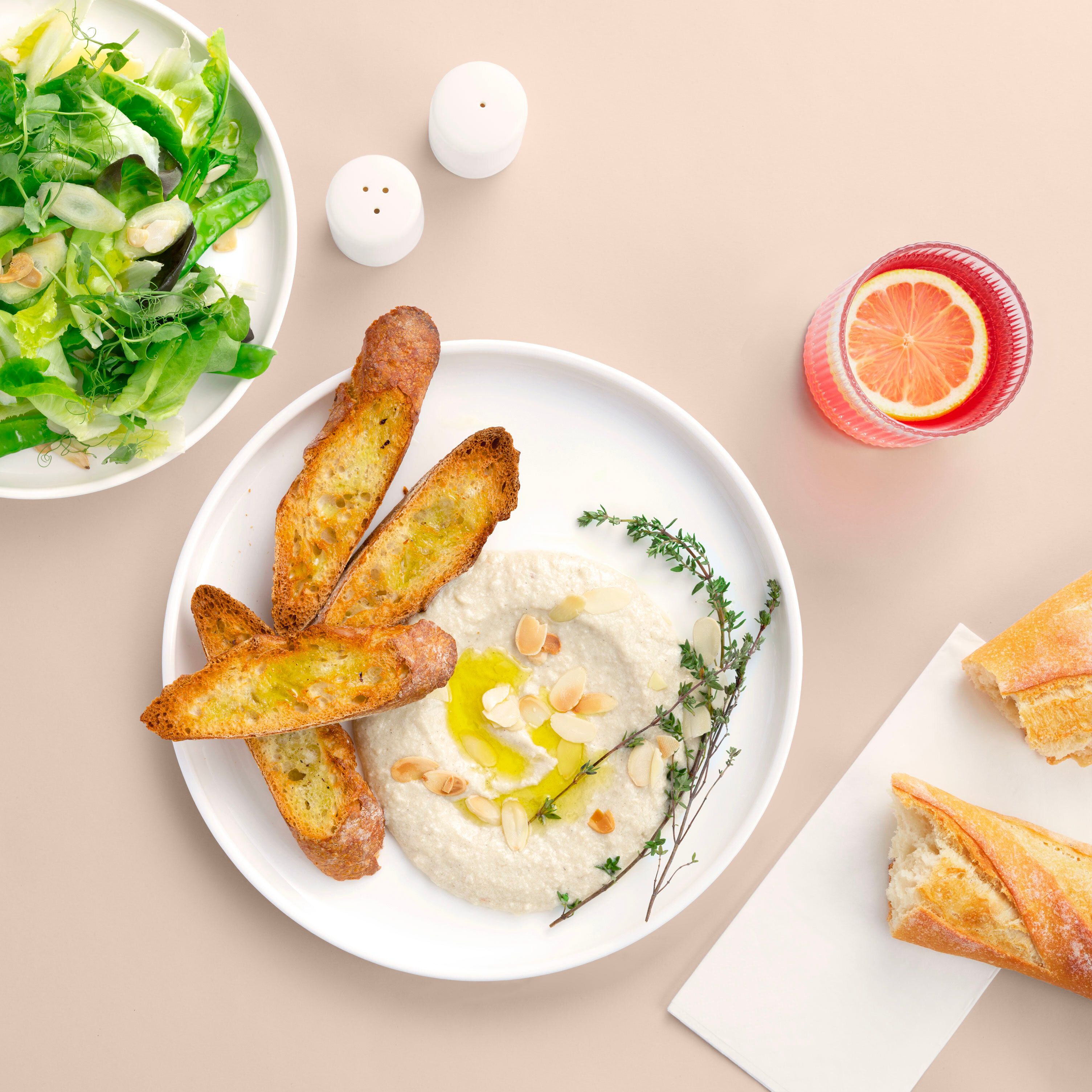

MENU
Moroccan cuisine is extremely diverse, thanks to Morocco’s interaction with other cultures and nations over the centuries. Moroccan cuisine has been subject to Berber, Moorish, and Arab influences. The cooks in the royal kitchens of Fez, Meknes, Marrakesh, Rabat and Tetouan refined it over the centuries and created the basis for what is known as Moroccan cuisine today.
INGREDIENTS
Morocco produces a large range of Mediterranean fruits and vegetables and even some tropical ones. Common meats include beef, lamb, goat, pigeon and chicken, which serve as a base for the cuisine. Characteristic flavorings include lemon pickle, cold-pressed, unrefined olive oil and dried fruits.
SPICES
Spices are used extensively in Moroccan food. Although spices have been imported to Morocco for thousands of years, many ingredients, like saffron from Tiliouine, mint and olives from Meknes, and oranges and lemons from Fez, are home-grown. Common spices include karfa (cinnamon), kamoun (cumin), kharkoum (turmeric), skinjbir (ginger), libzar (pepper), tahmira (paprika), anise seed, sesame seeds, qesbour (coriander), and zaafran beldi (saffron). Common herbs include mint and ‘maadnous’(parsley). Moroccan food is flavorful but not hot spicy.
MAIN DISHES
The main Moroccan Berber dish most people are familiar with is couscous, the old national delicacy. Lamb and beef are the most commonly eaten red meat in Morocco. Poultry is also consumed, and the use of seafood is increasing in Moroccan cuisine. Among the most famous Moroccan Berber dishes are Couscous, Pastilla (also spelled Bsteeya or Bestilla), Tajine, Tanjia and Harira. Although the latter is a soup, it is considered as a dish in itself and is served as such or with dates.
SALADS
Salads include both raw and cooked ingredients, served either hot or cold. Cold salads include zaalouk, an eggplant and tomato mixture, and taktouka a mixture of tomatoes, green peppers, garlic and spices
BEVERAGES
The most popular drink is green tea with mint. Traditionally, making good mint tea in Morocco is considered an art form and the drinking of it with friends and family is often a daily tradition. The pouring technique is as crucial as the quality of the tea itself. Moroccan tea pots have long, curved pouring spouts and this allows the tea to be poured evenly into tiny glasses from a height. Finally, the tea is accompanied with hard sugar cones or lumps.
MENU ALLERGENS
1. Gluten 2. Crustaceans 3. Fish 4. Eggs 5. Peanut 6. Soya 7. Milk 8. Nuts 9. Celery 10. Mustard 11. Sesame Seed 12. Sulphur Dioxide 13. Lupin 14. Molluscs
